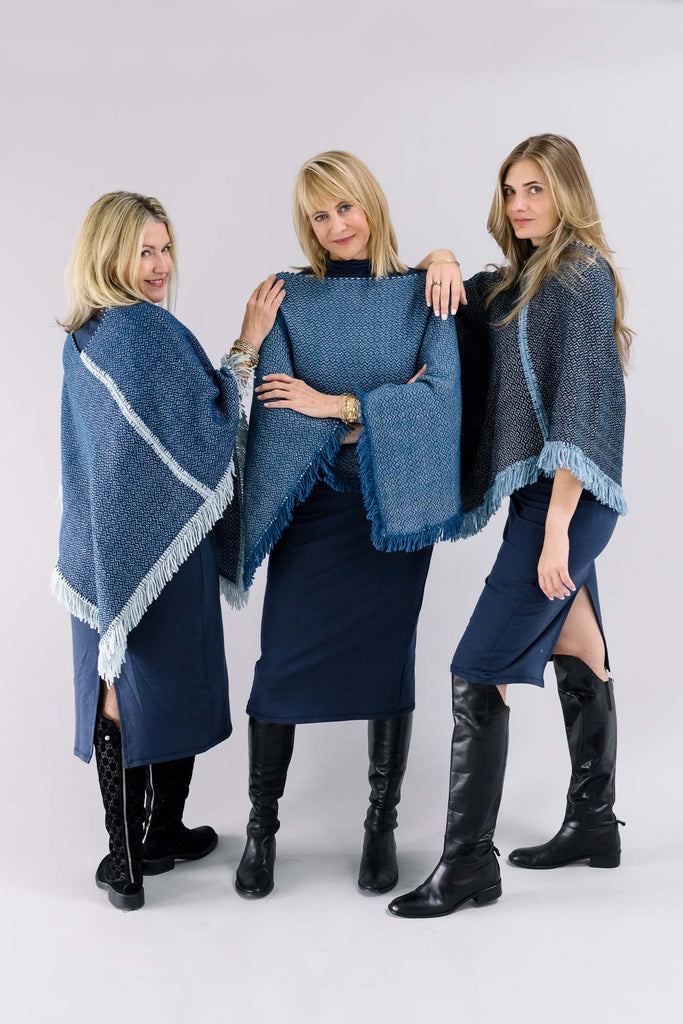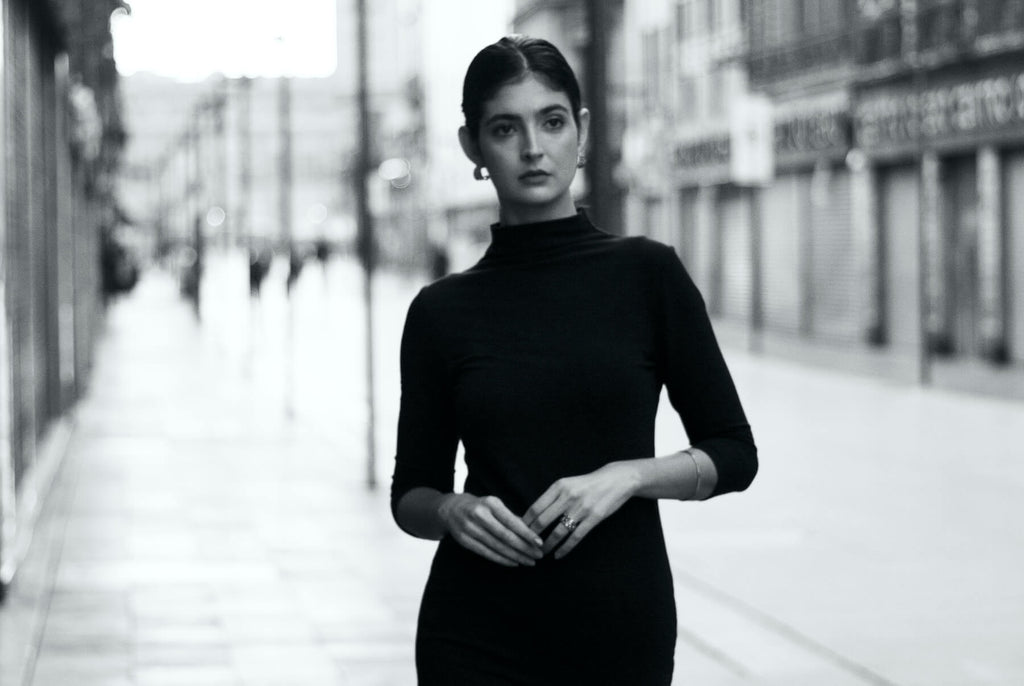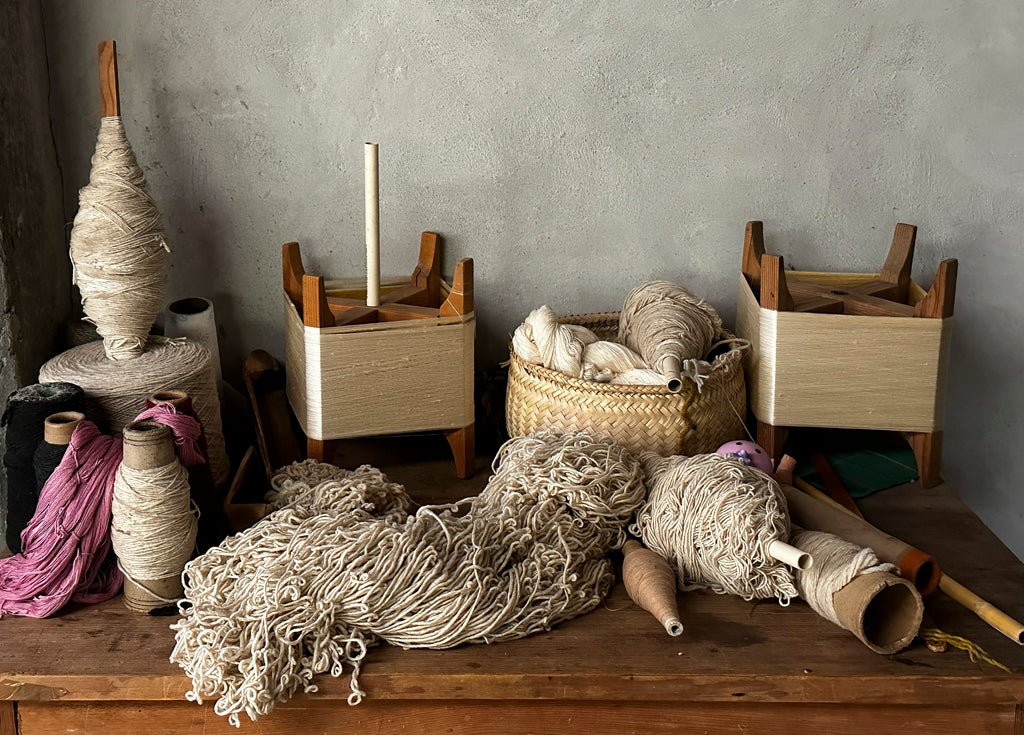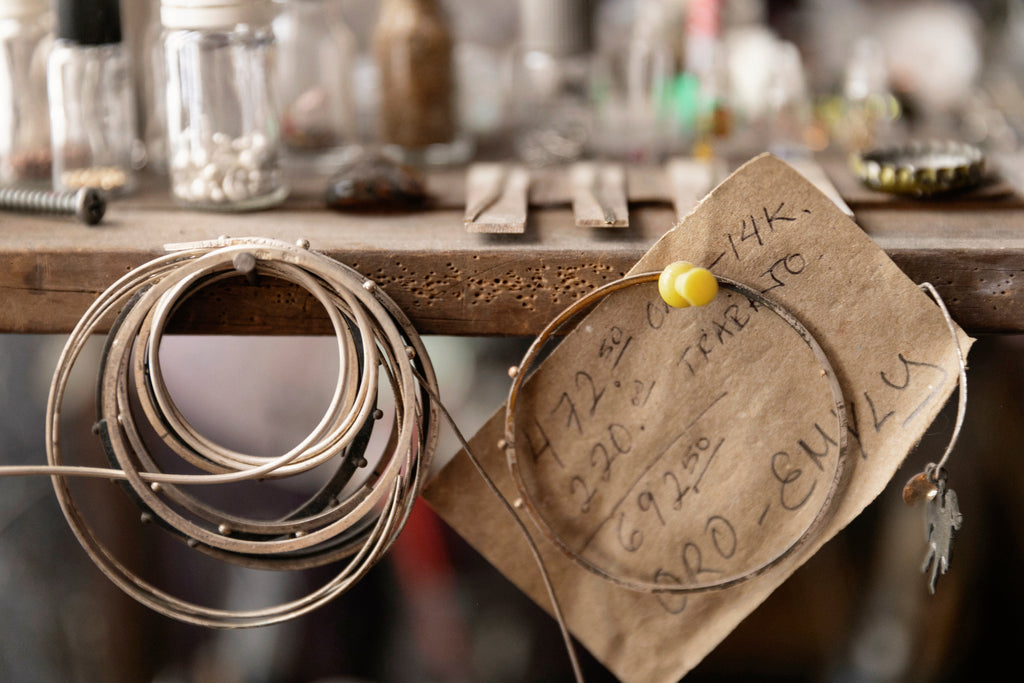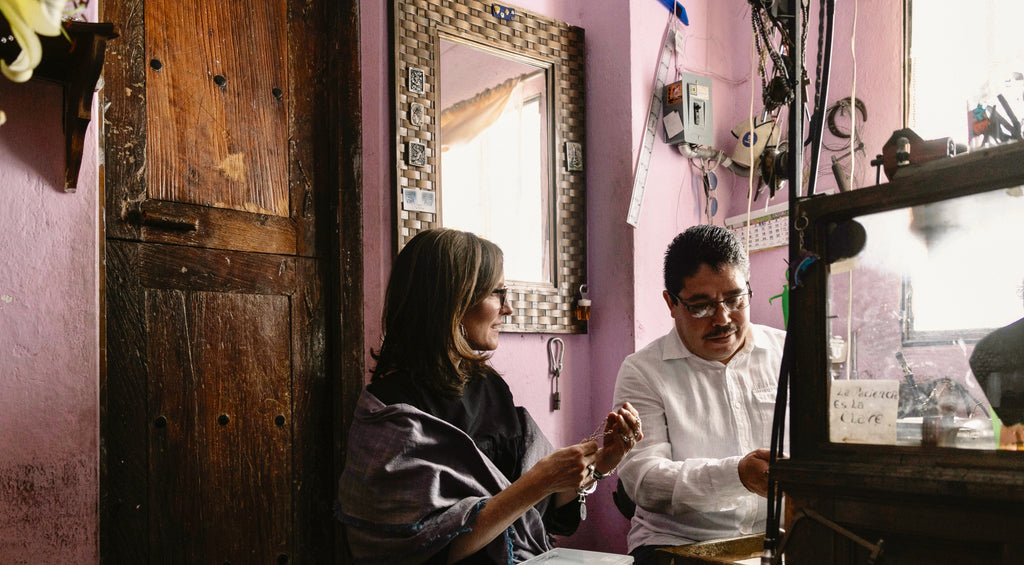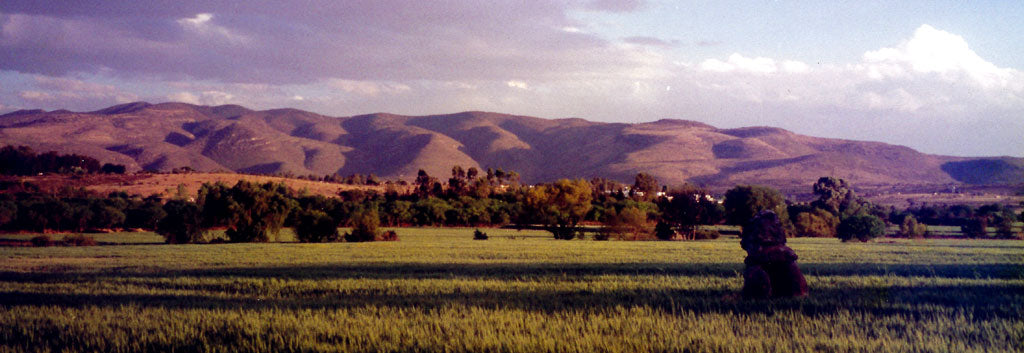The Oaxaca-Made Mañanita
A Study in Old World Clothing
Our naturally-dyed and hand-stitched Oaxaca Mañanitas - chic, colorful, practical, and unique - obtain their form from the historical Quechquemitl, a clothing style originating in central Mexico in the pre-Hispanic period. Often called “mañanitas” for their use in the early mornings when temperatures are cooler, the garment is unique only to Mexico and has been in production for hundreds of years.
The weaving of these garments was done in pre-conquest times on the backstrap loom - two pieces always stitched together, never cut - as this would destroy the integrity of the work. The style represents the old-world creation of clothing and the sacred nature of weaving specific to indigenous groups in Mexico.
Honoring the Sacred in Textile Creation
When we embarked on our CL Journey in 2019, we knew we wanted to incorporate the unique and special textile traditions of Mexico into our product offerings. The workmanship of the pedal loom, and that of natural dyes goes hand-in-hand with our slow fashion goals, our desire to protect artisan traditions, and our love of all things made in small runs. And, as the creative process goes, a visit to a noted weaver’s workshop allowed for a viewing of a certain style - the Quechquemitl - that was immediately a catalyst, inspiration, for a collaboration that - after two years of deliberate investigation and experimentation - is now the Cornelia Lively Mañanita collection.
What Makes our Mañanitas Special
In Mexico, you will see many different, beautiful versions of the Quechquemitl - some cotton with embroidery, some with synthetic threads, or lined, and some with naturally dyed cotton. Our collaboration with the phenomenal husband and wife team of Tenido A Mano allowed us to create a cotton and wool blend that is soft, thick, and easy to care for. Most of all, the expert dying techniques of both Elsa Diaz and Rubi Martinez - especially their joy and love of the process - create stunning results in each and every piece.
What Old World Values Mean to Us Now
With an ever-worrisome challenge of stress on our environment, decision making around our purchases hold more power and meaning than ever. Current clothing production practices create enormous pollution and waste world-wide; however, the facts are simple - we need clothing, and we want to express beauty, our personalities, and our sense of style through clothing. So, what choices can we make around clothing that satisfy our desire to act responsibly and look and feel good? We look to old world values as a place worth exploring.
The mañanita is a lovely and important example of clothing produced without waste - there are no cuttings that go in landfills - no buttons, zippers - no unnatural dyes. The garment truly is one of the purest you could conceive in terms of almost zero environmental impact. Add the fact that each mañanita is truly a “family affair,” with all contributing their unique expertise - dying the wool, setting the loom, or stitching the two pieces of the mañanita together by hand - the garment becomes an important conversation between cultures, arriving here to us in the US infused with the humanity and soul of individual and personal creation. The antithesis of fast fashion, indeed.
Integrating an Artisan-Made Mañanita in Your Modern Wardrobe
You are a modernist at heart, loving the monochromatic, the chic, the high-impact style that is the stuff of Vogue and Elle. How do you integrate an artisan piece into your wardrobe? How do you make it work? That’s the beauty of these new generation works being produced in Oaxaca. The desire is to integrate the century-old techniques with current fashion sensibilities. The result of our work, collaboration, design, and experimentation is to create pieces that complement a modern palette - extend and excite what you already own, and most of all, add unique flare and elegance to your wardrobe in a new tradition, one that must honor sustainable choices above all else.
Keep it Real. Keep it Artisan.
So, welcome to the new world of Artisan Fashion, beautifully represented by our CL Mañanita. In deep indigo, cochineal, marigold, pecan, mahogany, and pomegranate, our pedal loom mañanitas are wardrobe heirlooms. Made in the gardens of our beautiful artisan families in Oaxaca, where birds and butterflies delight the senses, these special garments are a true gift.
Made with love in Oaxaca,
Team CL
Continue reading
